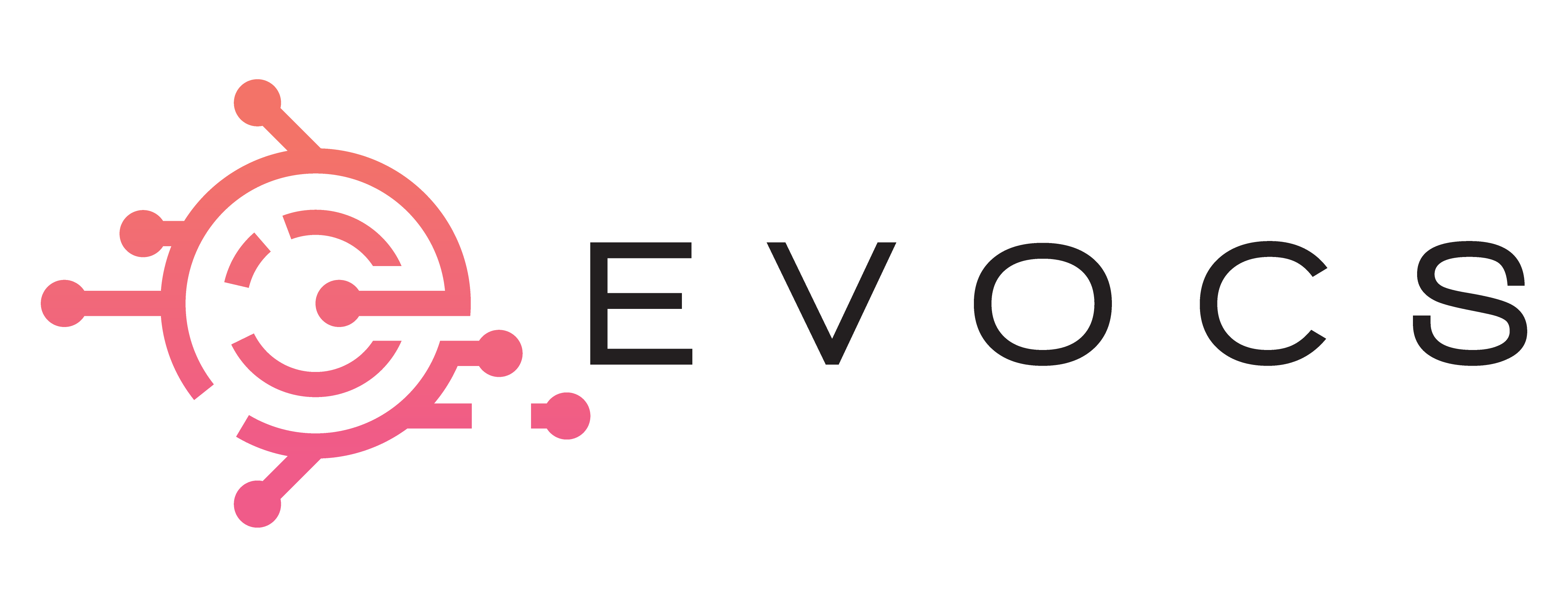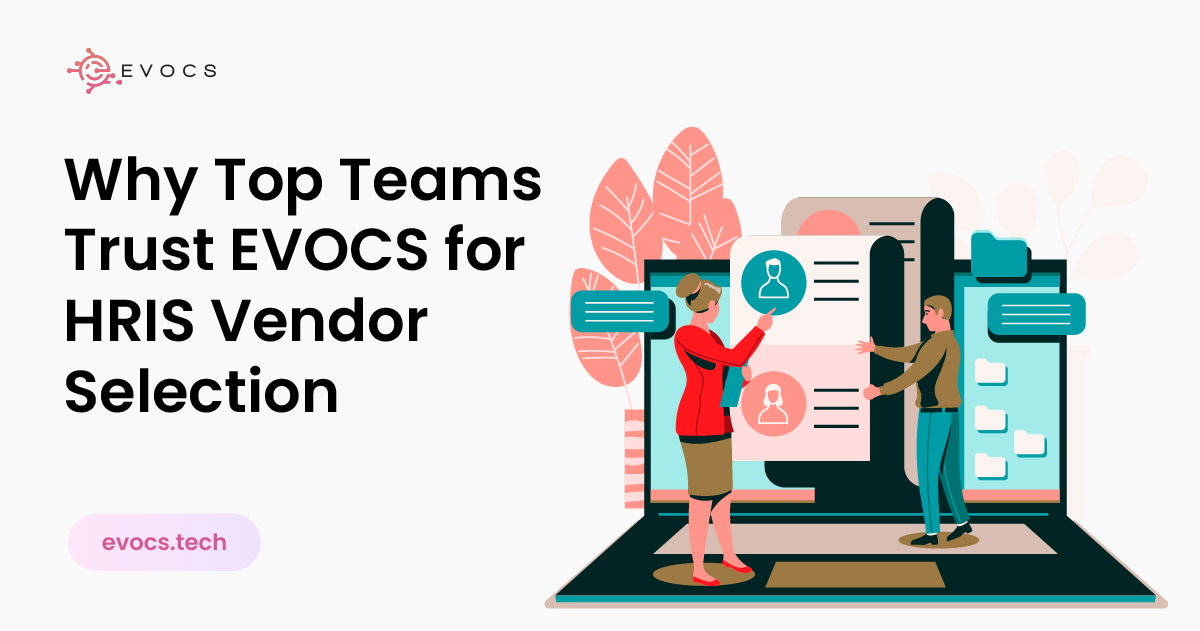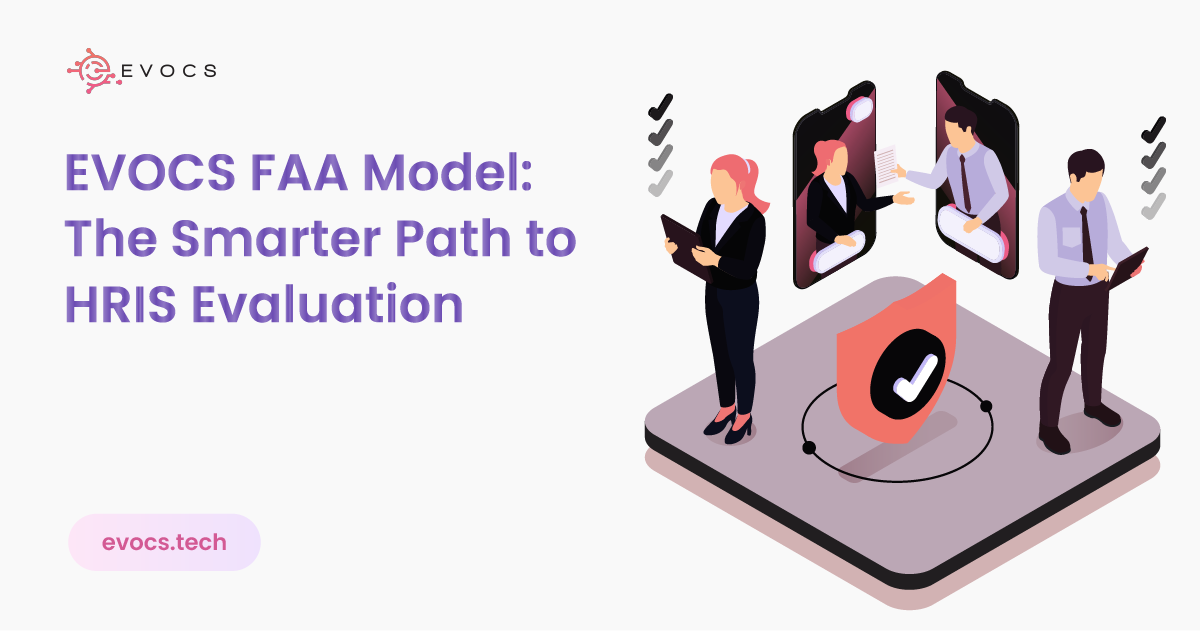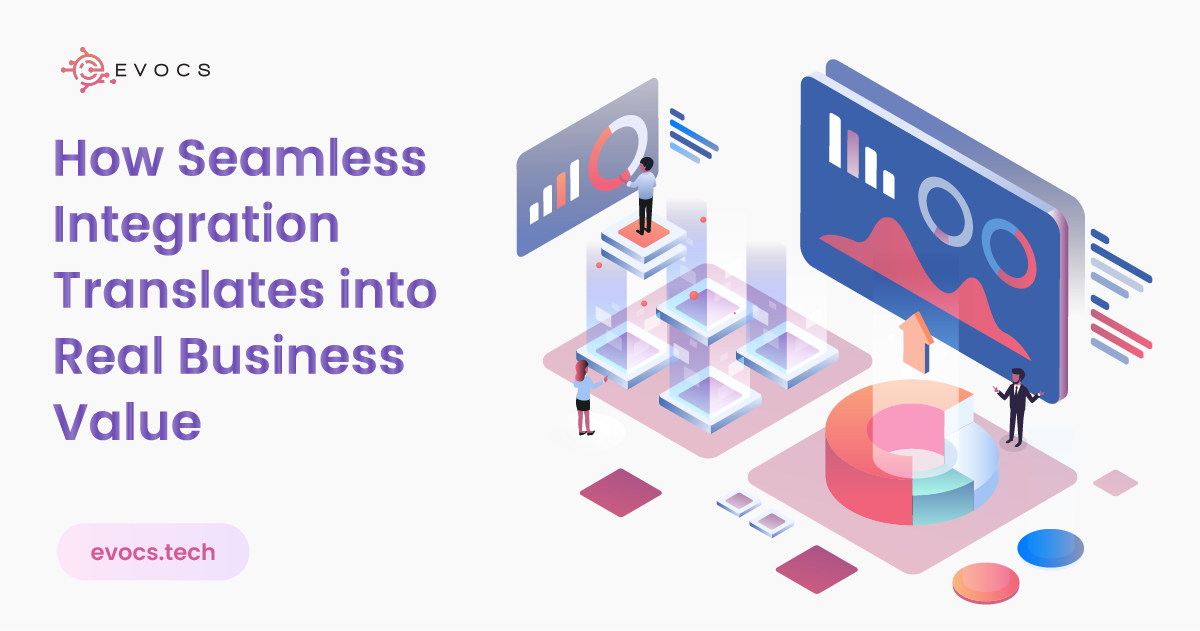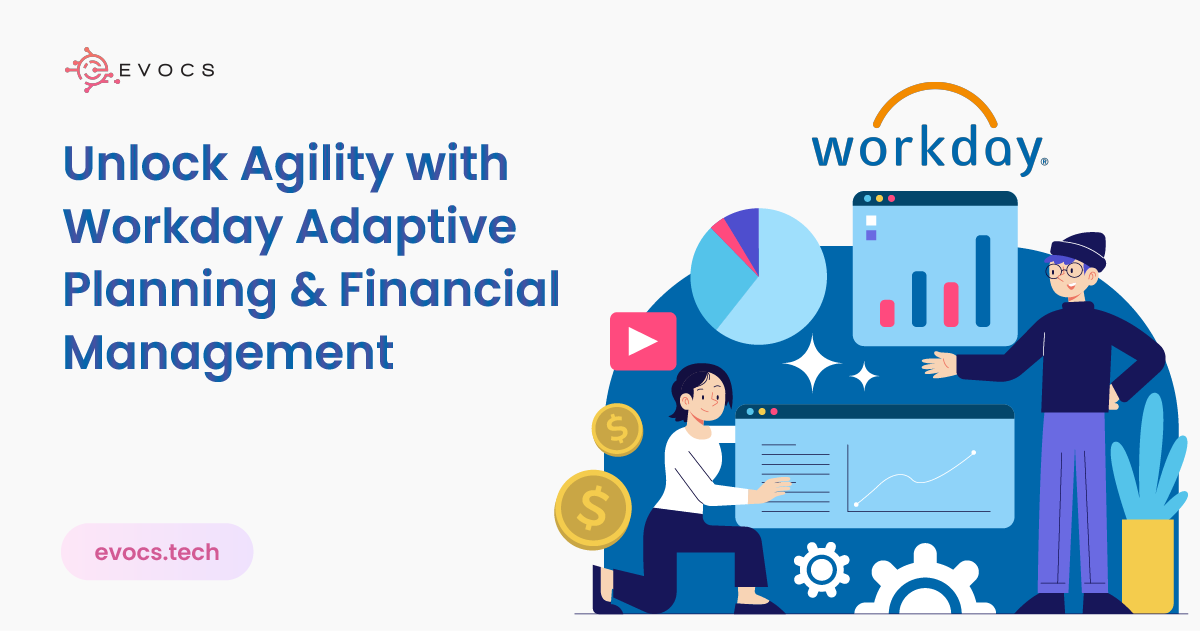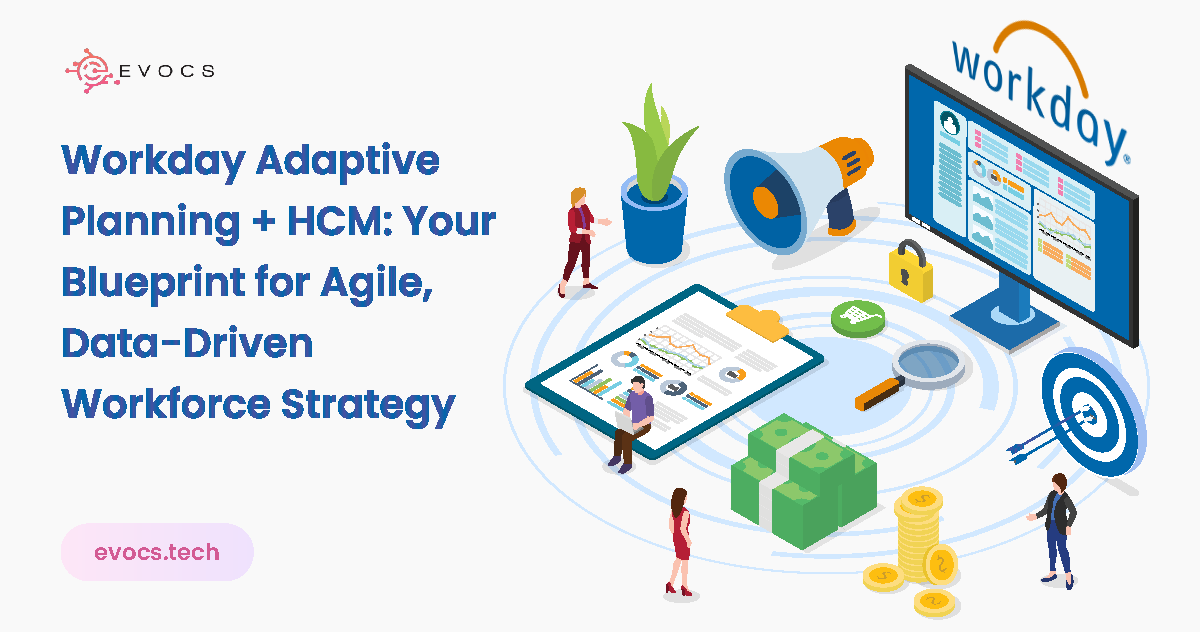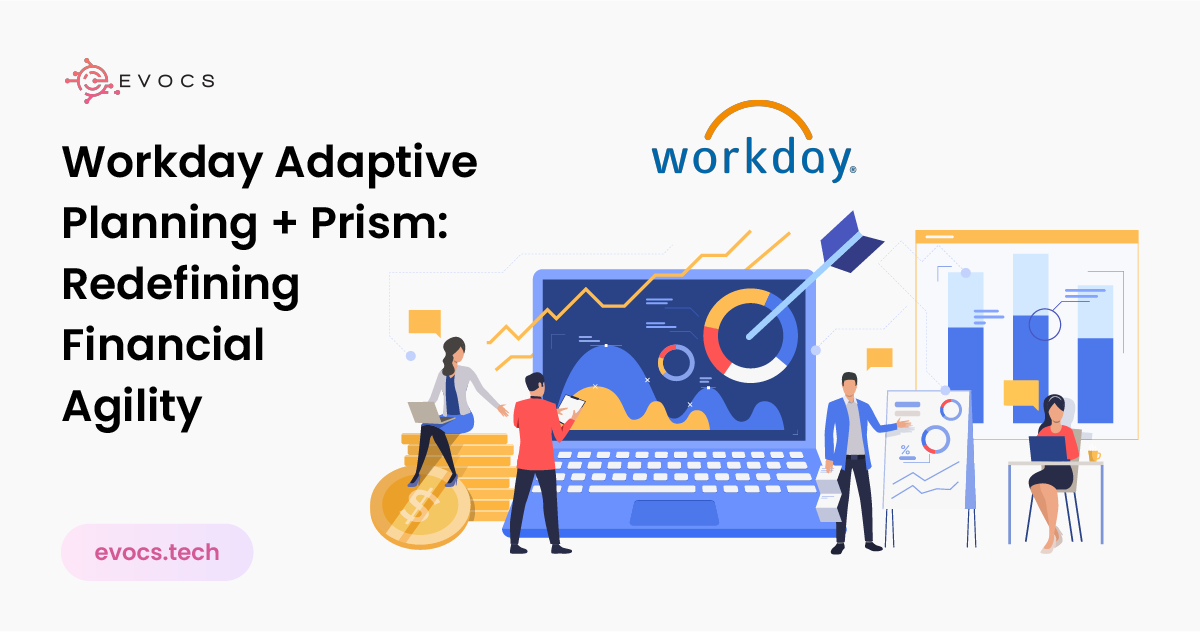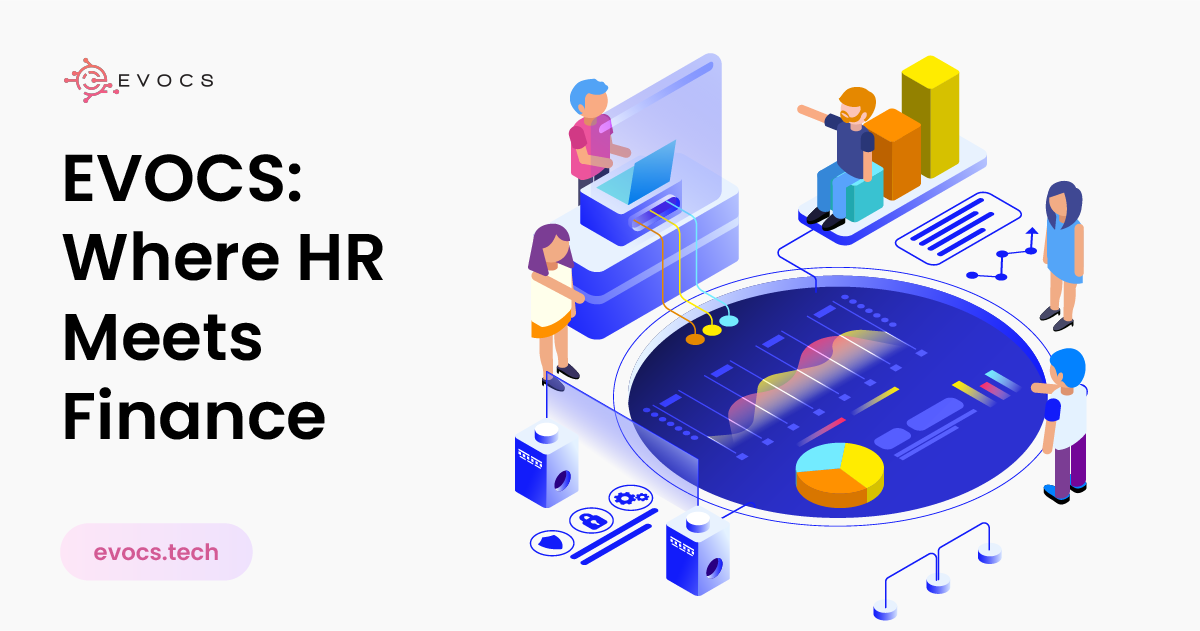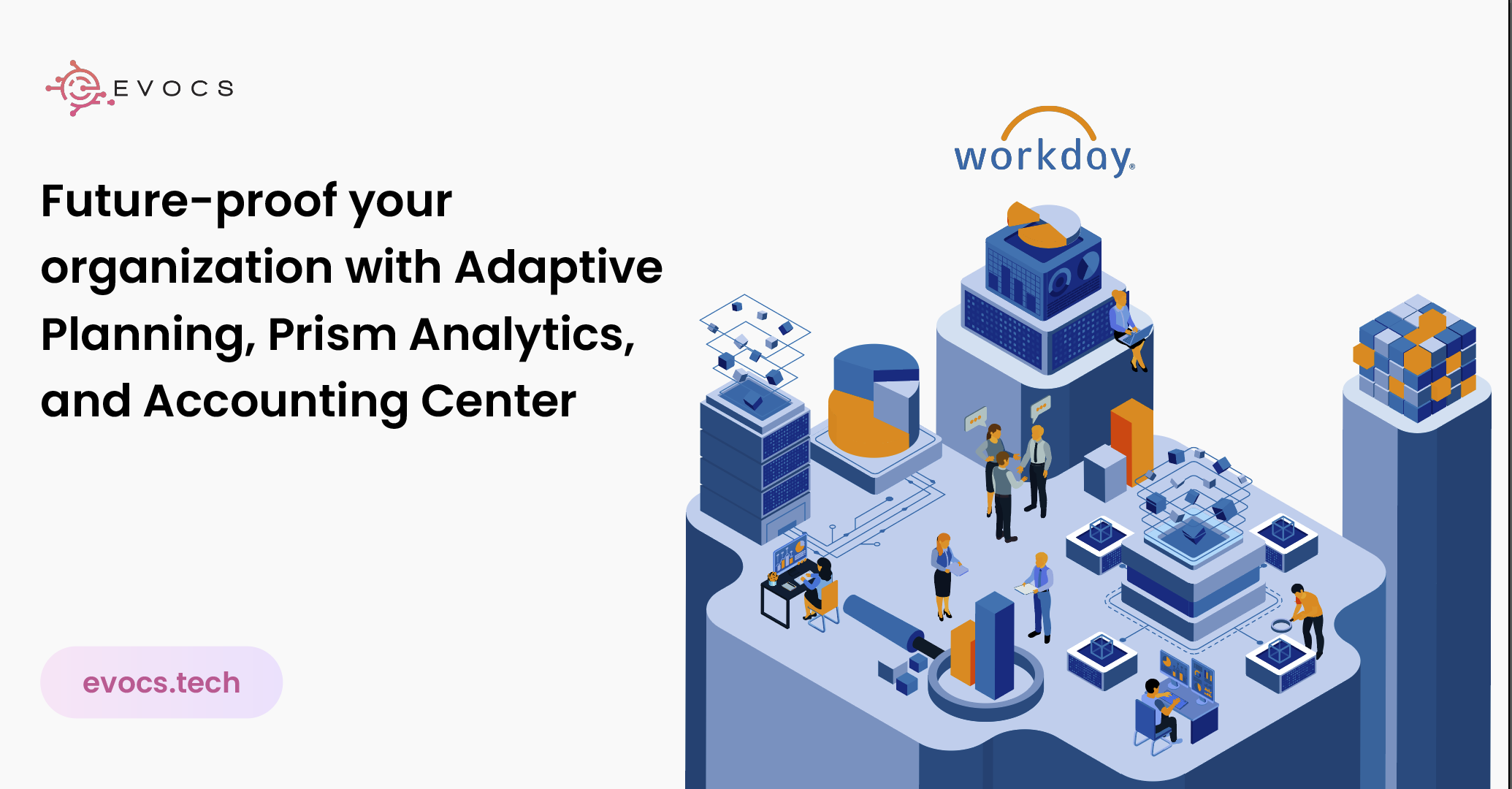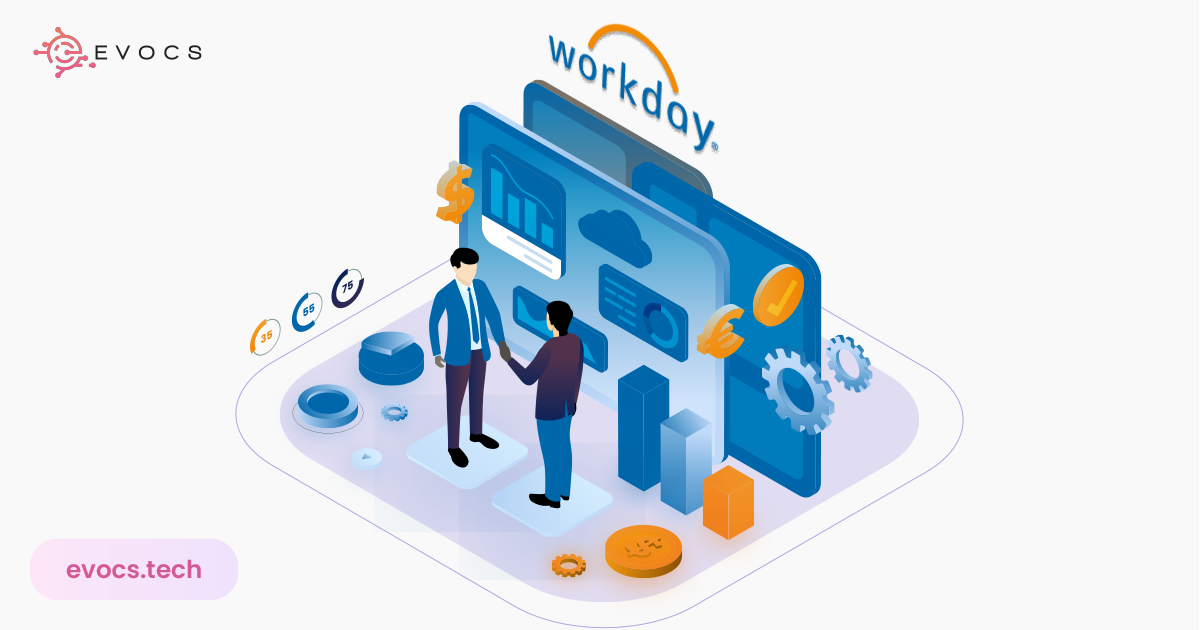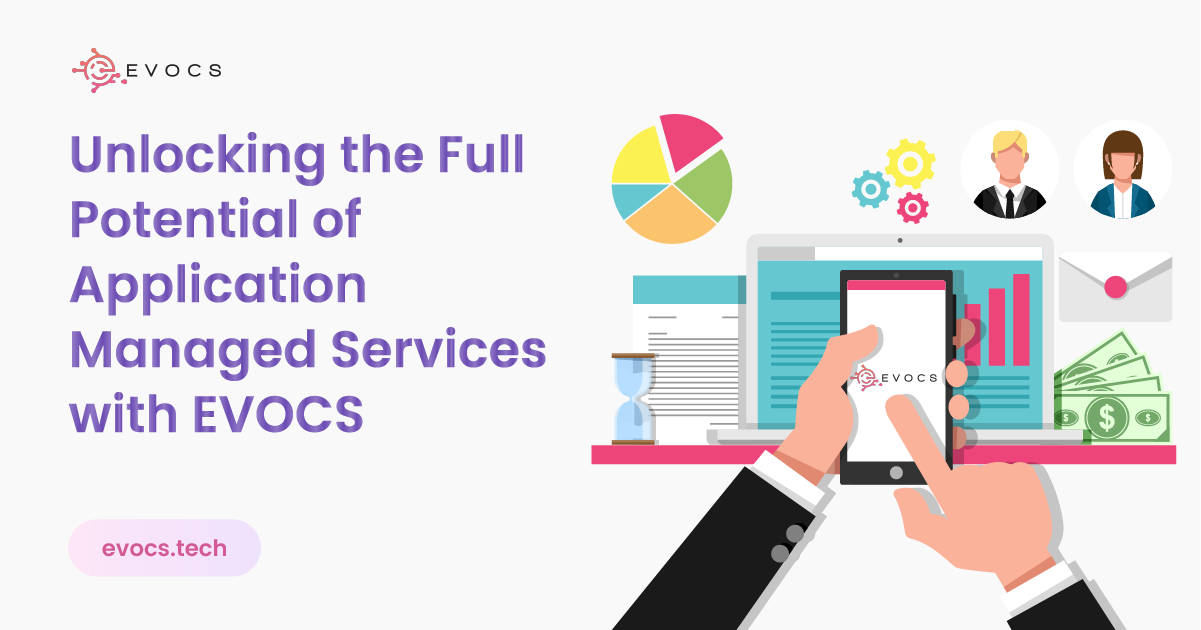The Smarter Approach to Selecting an HRIS Provider: Strategic Expertise, Real-World Guidance, and Why EVOCS Is Doing It Smarter
Selecting the ideal Human Resource Information System (HRIS) is among the most strategic technology choices an HR or IT executive can make. The tool you select will be the electronic spine of your people operations—handling everything from compensation and compliance to recruitment, onboarding, and performance management. But here’s the reality: most HRIS choices go wrong not due to inadequate software, but due to organizations entering into the vendor choice process without process, guidance, or a thorough appreciation of what they need in their future state. That’s where EVOCS helps. We’re not merely implementers—we’re Workday, Oracle, HiBob, and Deel-certified partners with successful delivery histories in SAP, Rippling, ADP, and UKG. Our consultants are experts in these systems inside and out—and more importantly, they understand how to pair the correct system with the true business issues our clients are experiencing. Let EVOCS walk you through the process or schedule a consultation to receive expert assistance with HRIS vendor assessment and implementation. Why Choosing the Correct HRIS Vendor Is So Crucial An HRIS that is implemented well will: Streamline and automate HR processes Centralize workforce data Enhance compliance and mitigate risk Enhance employee experience Facilitate future growth and digital transformation But choosing the incorrect vendor—or the incorrect partner to lead the charge—can mean time wasted, budgets blown, and systems that your teams don’t utilize. Step-by-Step: How to Choose the Right HRIS Vendor 1. Know Your Organization’s Distinct Needs Before you shop for software, take the time to learn what your HR organization really needs. Begin by asking yourself: Is your workforce exploding in size? Do you require greater compliance and audit preparedness? Are you using data in a variety of systems or spreadsheets? Do you have sophisticated payroll, benefits, or regulatory requirements? EVOCS assists clients in conducting organized needs assessments and workshops to prevent you from purchasing features you will never use—or missing ones you absolutely will. 2. Assemble a Cross-Functional Buying Committee The greatest HRIS decisions are made together, not in isolation. EVOCS gets all the right stakeholders together: HR and Talent leaders IT and Security Payroll and Finance Compliance Business unit representatives This guarantees alignment across the org and prevents surprises down the road. And we provide templates and checklists for quicker consensus. 3. Develop a Tailored Requirements Checklist Your HRIS needs to underpin your core activities and future-proof you. Your system at least needs to accommodate: Employee Information Management (job history, skills, discipline records) Payroll & Financials (deductions, incentives, integrations) Benefits Administration (insurance, PTO, retirement) Compliance (EEO, FLSA, GDPR, tax reporting) Learning & Development (certifications, budgets) Recruiting & Onboarding (ATS integration, e-signatures, pre-boarding) Time & Attendance (biometric clocks, holiday tracking, overtime) EVOCS assists you with converting this list into a working spec and vendor scorecard—so that you can compare vendors on a level playing field. Let EVOCS show you the way. 4. Define Technical Requirements: Don’t Fly Solo This is where most choices fail. Not all vendors play nice with your existing systems. Not all solutions are secure enough for your data privacy requirements. EVOCS assists you in assessing: Integration Capabilities (payroll, general ledger, ERP, SSO) Cloud Readiness (SaaS vs. on-premise) Self-Service Portals (UX for managers and employees) Data Importing/Exporting (for smooth migration) Role-Based Security (to keep sensitive information safe) Scalability (can it expand with you?) Most internal HR groups lack strong architectural knowledge—and that’s just fine. EVOCS does. We’ll identify risks upfront and assist you in asking the right technical questions in demos and RFPs. 5. Shortlist and Engage Vendors—Strategically After you’ve reduced your list to 3–5 vendors: Ask vendors to provide demos customized to your needs Use EVOCS’ demo scorecards to score UX, configurability, and gaps Request customer references—EVOCS usually offers blind reference calls to customers operating the same system in the same industry Don’t forget to ask about integration, support, and compliance in your RFP Struggling with crafting your RFP? Schedule time with EVOCS now—we’ll email you a free RFP template. 6. Compare Total Cost of Ownership (TCO) Avoid being blindsided by unexpected expenses. EVOCS constructs multi-year TCO models with: Software licensing Implementation fees Data migration and integrations Training and change management Ongoing support and upgrades We make you aware of cost per employee per year, benchmarked between systems, and recommend choosing fixed-fee vs. usage-based pricing. 7. Choose Your Vendor and Implementation Partner for Success Now is the most important part—picking the correct implementation partner. This is where EVOCS really shines: Workday, Oracle, Deel, and HiBob certified Cross-system proficient in ADP, SAP, UKG, and Rippling Agile delivery models for small teams or global rollouts Industry-specific expertise in finance, tech, retail, healthcare, and more Our clients repeatedly tell us: EVOCS doesn’t just implement a system—we help design a solution that actually works for your people. Why Choose EVOCS? Your HRIS decision isn’t just about software. It’s about strategy, scalability, and selecting a partner who can future-proof your people’s operations. EVOCS is that partner. Our clients value us for: Deep functional expertise across every HR domain Real-world implementation success across industries Unbiased system selection grounded in best practices White-glove delivery from discovery through post-go-live optimization We don’t push one solution. We recommend the right one—because we know them all.Let EVOCS guide your HRIS journey or schedule your free strategy.
